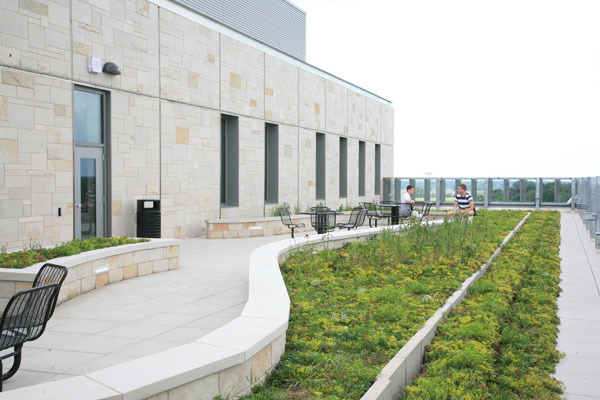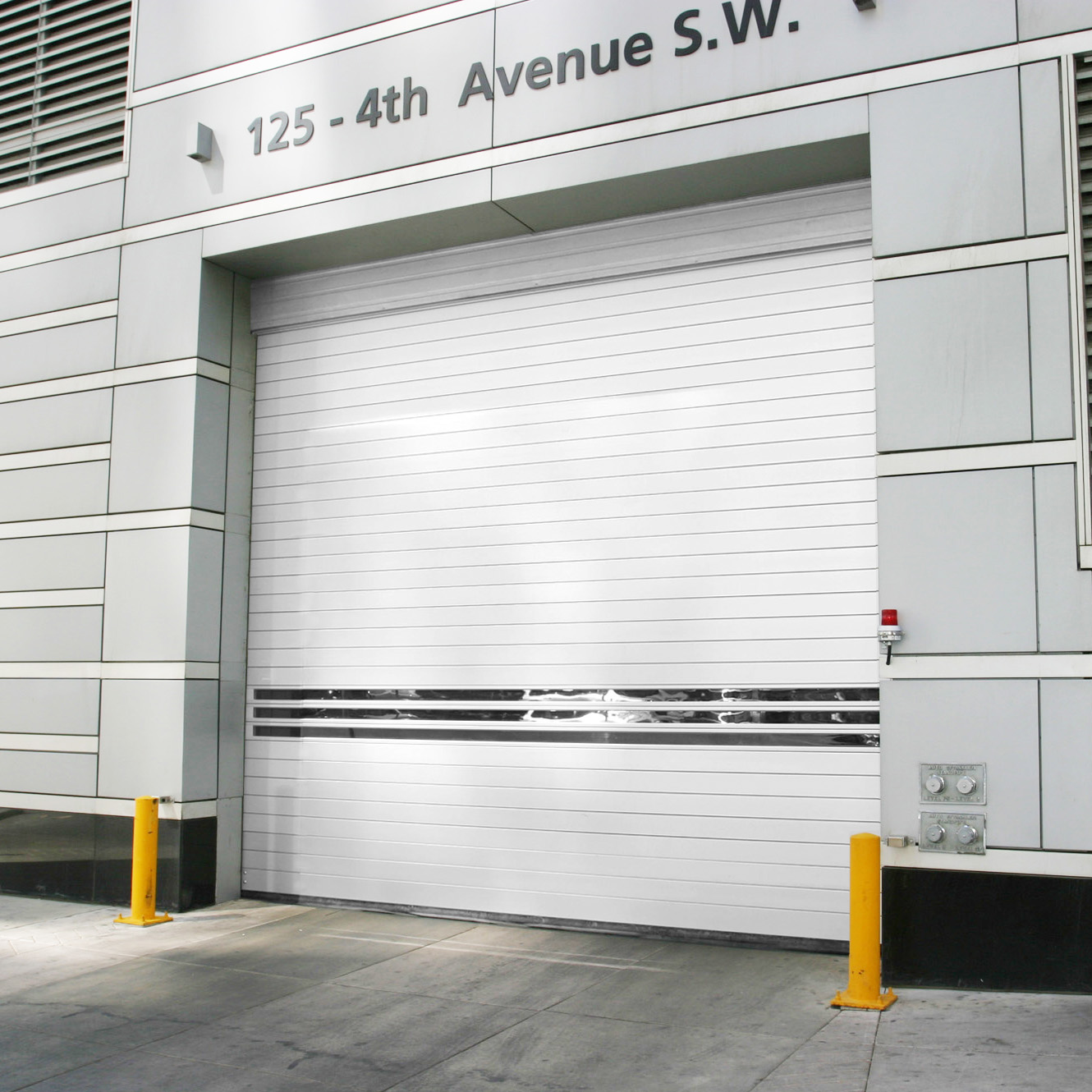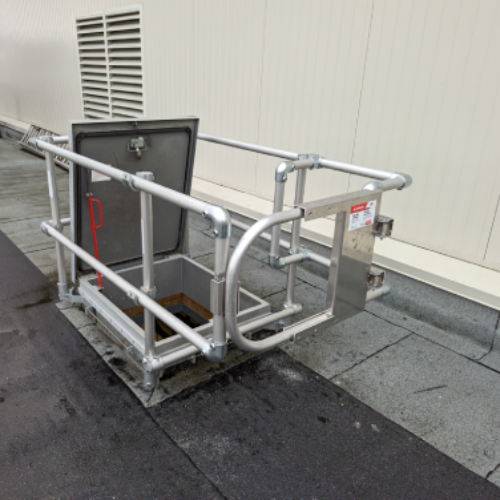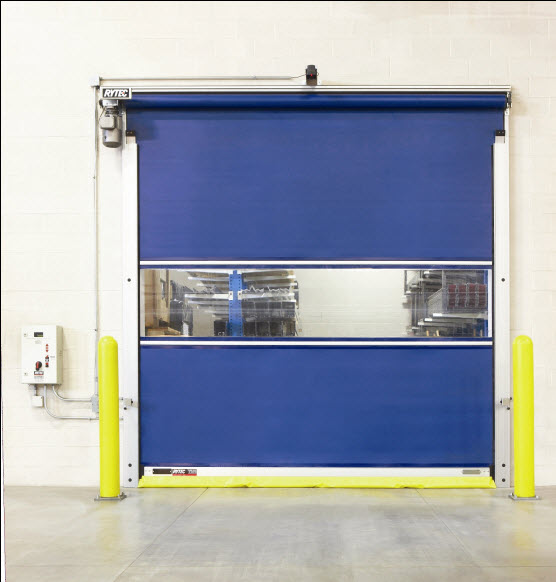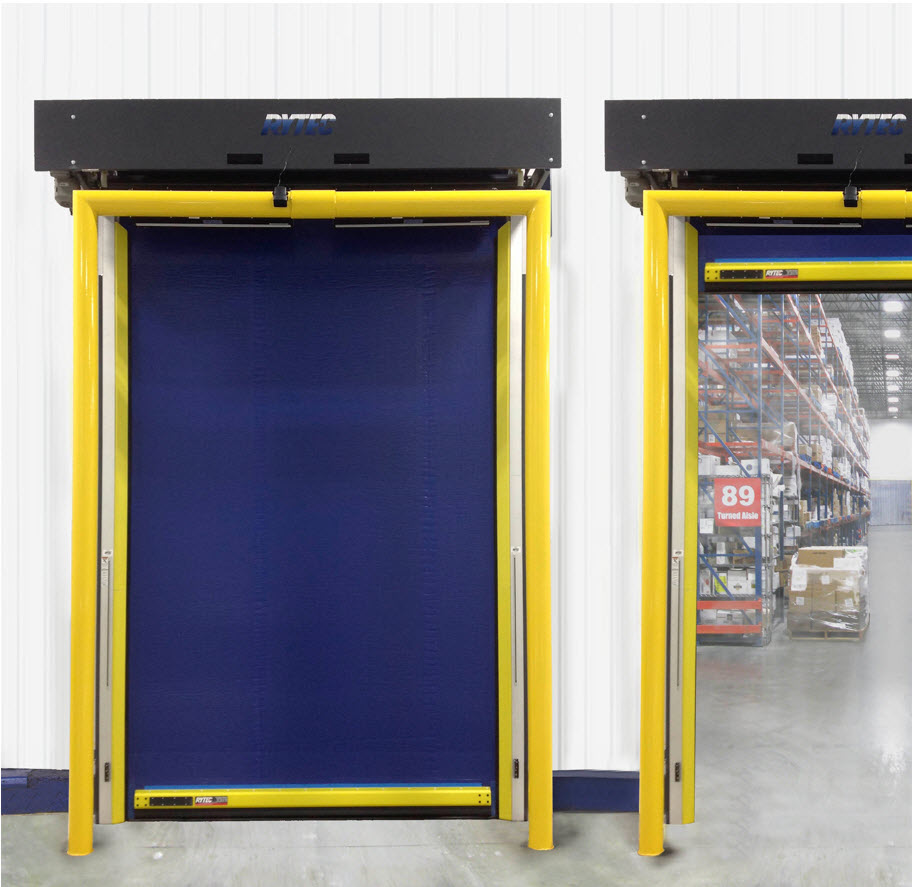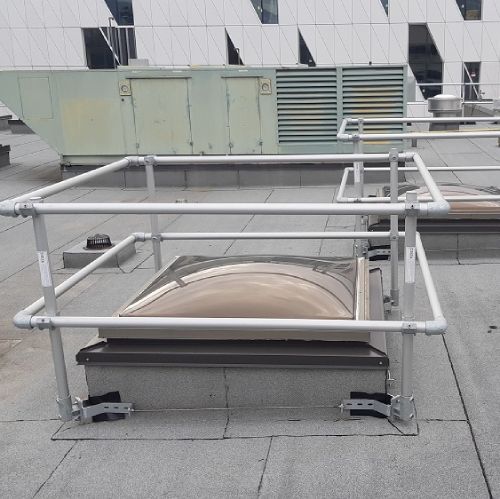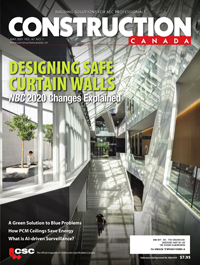ACI 301-20: Concrete construction specifications
Section 11—Industrial Floor Slabs
Section 11 covers construction requirements for concrete slabs-on-ground that are designated by the A/E as industrial floor slabs in contract documents. Drying shrinkage test results, for the proposed concrete mixture are to be determined in accordance with ASTM C157/C157M, Standard Test Method for Length Change of Hardened Hydraulic-cement Mortar and Concrete, with a modified storage requirement of seven days of moist curing followed by at least 21 days of air drying (unless the specifier selects alternative criteria).
New provisions for joint filler materials are given in ACI 301-20. Joint fillers must have 100 per cent solids content and Shore A hardness requirements of at least 85 when measured in accordance with ASTM D2240, Standard Test Method for Rubber Property—Durometer Hardness, and an elongation below 90 per cent when measured in accordance with ASTM D638, Standard Test Method for Tensile Properties of Plastics. Under optional requirements, the A/E is to specify if they require an alternate joint filler material. For smaller, harder wheels, the minimum Shore A hardness may need to be increased to 90 or greater.
Section 12—Tilt-up Concrete
Section 12 covers construction requirements for concrete panels designated by A/E as tilt-up construction in contract documents. Unless the A/E specifies alternative requirements, field mockups are required for tilt-up concrete; with a minimum of two panels, and each panel shall be at least 4 x 8 ft. The A/E also needs to specify when lifting and bracing design drawings need to be signed and sealed and by a licensed design engineer.
Smooth panel finishes (SPF), resulting from casting on a hard-troweled surface, require a SPF-2 finish. The A/E may specify an alternative type of smooth panel finish other than SPF-2 based on normal intended service. Requirements for SPF have been broadened in ACI 301-20 in the Optional Checklist and wording has been revised to clarify each recommended classification based on visibility of panels. For any SPF classification, the A/E must specify if panel cracking needs to be repaired, along with the scope and method of crack repair.
Section 13—Precast Structural Concrete and Section 14—Precast Architectural Concrete
Sections 13 and 14 cover construction requirements for members designated by the A/E as precast structural concrete (Section 13), and precast architectural concrete (Section 14) in contract documents. These sections are aligned with documents available through the Precast/Prestressed Concrete Institute (PCI). For example, erector quality control, plant quality control, and fabricator qualifications shall be certified in accordance with PCI MNL-116, Manual for Quality Control for Plants and Production of Structural Precast Concrete Products, and MNL-117, Manual for Quality Control for Plants and Production of Architectural Precast Concrete Products, as appropriate.
Updates to Section 13 and 14 in ACI 301-20 include changes to fabricator qualifications that now include optional requirements for an alternative certification program from the National Precast Concrete Association (NPCA) applicable to some structural precast concrete products, except those that are prestressed.
Conclusion
The new ACI 301 provides the latest construction practices and concrete-related material information necessary for today’s contract documents. If industry personnel are not well-versed in the changes incorporated in ACI 301-20—which is the primary specification document in use throughout the industry for concrete construction—it can have a negative impact on a project’s budget and schedule. Producing a concise specification that takes full advantage of the content within ACI 301-20 will help avoid conflicting or confusing requirements (The values in the American Concrete Institute (ACI) 301-20, Specifications for Concrete Construction, document are stated in inch-pound units. A companion specification in SI units is available).
The most direct way to reference ACI 301 is for specifiers to use general note G3, provided in the “Notes to the Specifier” section of ACI 301-20:
Work on (Project Title) shall conform to all requirements of ACI 301-20, Specifications for Concrete Construction, published by the American Concrete Institute, Farmington Hills, Michigan, except as modified by these Contract Documents.
In pursuit of its mission to develop consensus-based standards and technical resources covering the entire industry, ACI releases many new documents and updates annually. With so many resources available, users need to understand how to structure their approach to accessing and applying ACI guides and specifications. MNL-15(20), Field Reference Manual, which includes the most recent structural concrete specifications, is recommended for any project where ACI 301 is specified. In addition to containing ACI 301-20, the new Field Reference Manual includes more than 20 selected reference documents that are needed to complete specifications, including references on formwork; measuring, mixing, transporting, and placing concrete; concrete pumping methods; consolidation; and hot and cold weather concreting.
 Michelle L. Wilson, FACI, is director of concrete knowledge at the Portland Cement Association (PCA), Skokie, Illinois. She has over 20 years of experience relating to concrete materials, specifications, performance, troubleshooting, and repair and is co-author of PCA’s Design and Control of Concrete Mixtures. Wilson is a member of the American Concrete Institute’s (ACI’s) Board of Direction and ASTM International Committee C09–Concrete and Concrete Aggregates.
Michelle L. Wilson, FACI, is director of concrete knowledge at the Portland Cement Association (PCA), Skokie, Illinois. She has over 20 years of experience relating to concrete materials, specifications, performance, troubleshooting, and repair and is co-author of PCA’s Design and Control of Concrete Mixtures. Wilson is a member of the American Concrete Institute’s (ACI’s) Board of Direction and ASTM International Committee C09–Concrete and Concrete Aggregates.

